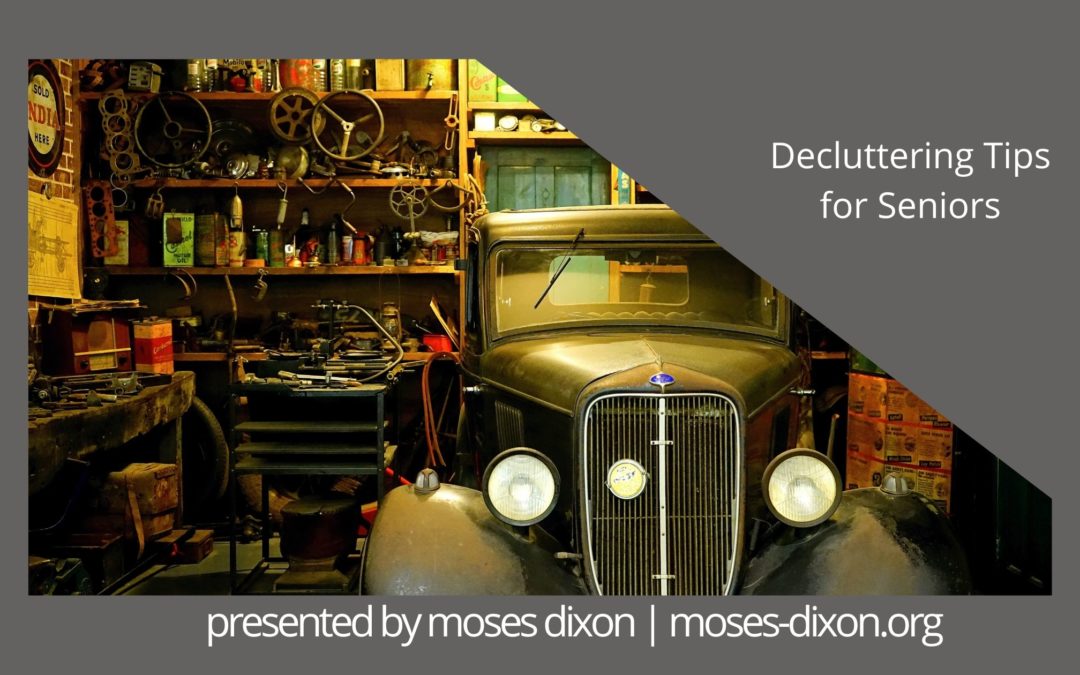When discussing homes for seniors, there’s always so much focus on downsizing. However, downsizing isn’t always the right course of action. Many people opt for decluttering instead.
Decluttering can be a challenging task, but doing so has many benefits. First, it feels good to clean out a house. Second, we’re generally proud of a clean-looking home. Finally, a home with less clutter provides fewer hazards to its inhabitants.
Consider Your Goals
Not everyone has the same goal when they declutter their homes. Some people want to eliminate every single item they won’t use again. In contrast, others are more interested in creating a home that looks clean.
Go into this process knowing what you want the end goal to be. Once that is understood, break that goal down into achievable partitions to make the job a little easier.
Work on One Room at a Time
It can be exciting to start a new project. It’s easy to go overbroad initially, usually by taking on too much at once. Fight these urges and tackle one room of your house at a time.
This will make the process go much more smoothly, as you can make proper decisions for each item within that room. It also helps to keep the process from becoming too overwhelming, which will increase the odds of actually completing the task.
Sorting: Keep, Donate, Trash
It is beneficial to have an organizational system as you move from room to room. Typically, people split the items they’re sorting into three categories: keep, donate, or trash.
This system is relatively self-explanatory. Keep the items you love or frequently use, donate what is unwanted but still in good condition, and trash anything broken or unsalvageable.
Hazardous Items
One of the reasons you might be choosing to declutter now is to help make the home safer for you and your loved ones. As such, it is essential to keep certain items in mind. These items are more commonly the cause for injuries, and should probably be removed, given the option. Hazardous items include:
- Broken furniture
- Broken glass
- Expired foods and medications
- Trip hazards
- Electronics in need of repair
Unsure What to Keep? Try This
Sometimes it can be challenging to decide what is worth keeping and worth donating. When this happens, create a pile of items less frequently used and put them to the test – the ninety-day test, that is. Things in this pile that get used within ninety days get to stay; everything else can go.
